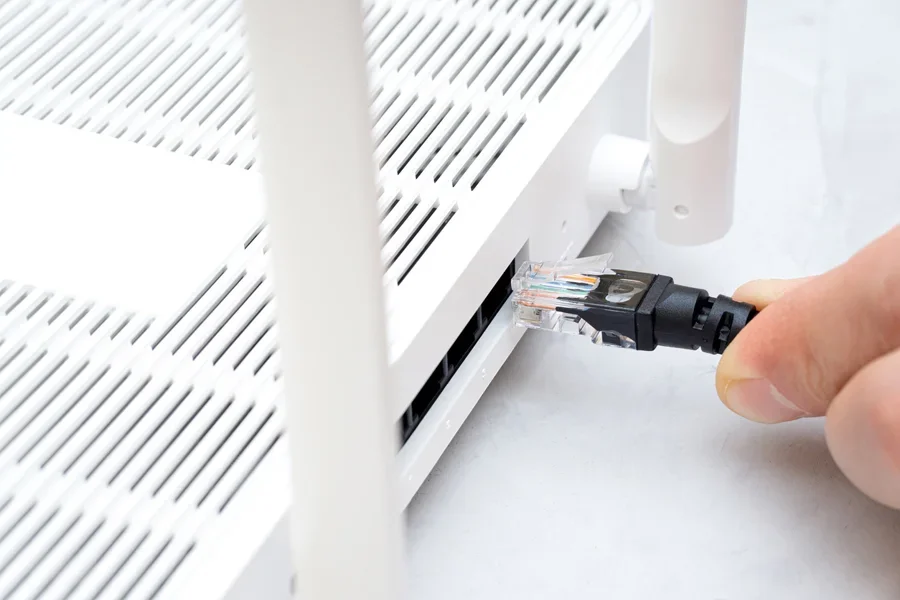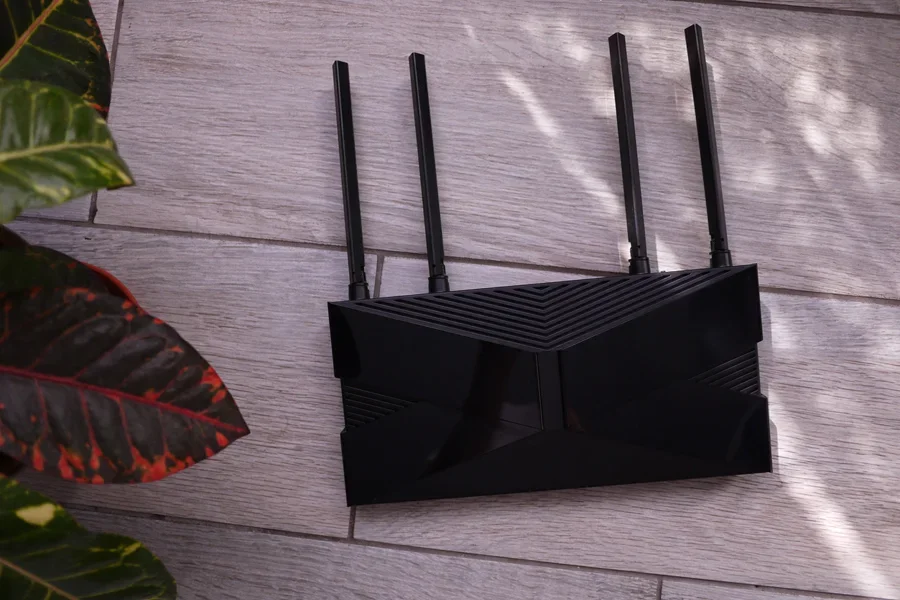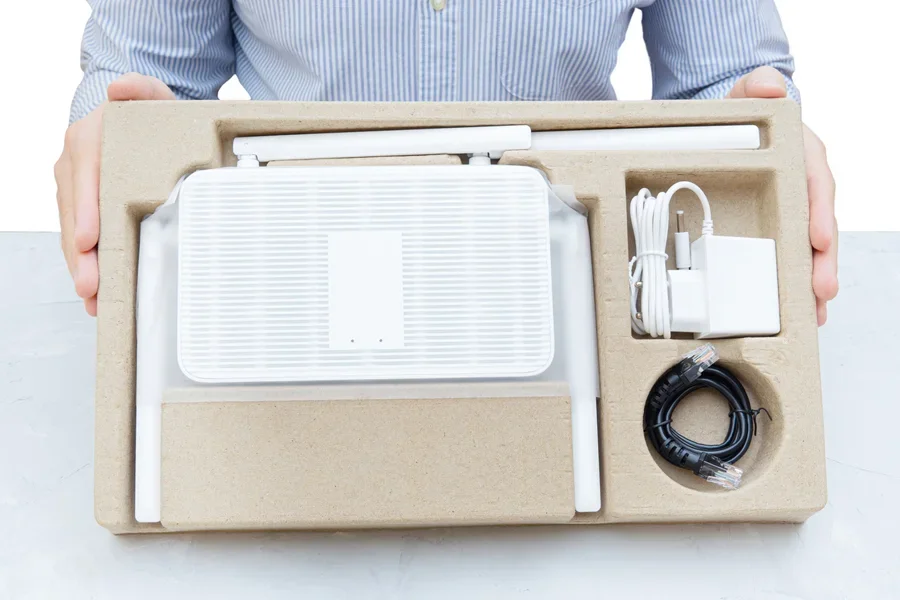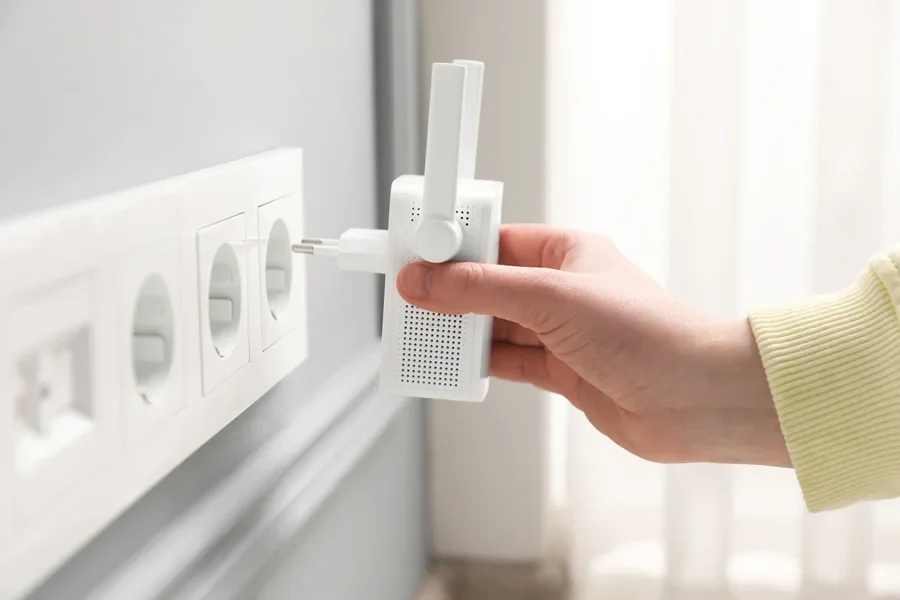Initially created to ensure stable communication between military units operating on rugged terrain, mesh networks are now used for various applications across numerous industries, including electricity meter networks, data exchange, and VPN systems.
More specifically, a mesh network is a network topology that bases its operation on the distribution of resources and content rather than on their centralization. It is a medium-sized peer-to-peer network in which all the nodes participate in the diffusion of data packets and information and, consequently, in the distributed, often redundant, storage of the content.
Mesh Wi-Fi, meanwhile, is a new-generation Wi-Fi network that is gaining popularity both in residential and commercial buildings for its improved performance, providing a stable internet connection in larger homes and offices, functions better with smart home devices, includes parental control options, as well as many other advantages.
In this article, we’ll explore why – and what – retailers need to know about mesh systems in 2025.
Table of Contents
What are mesh Wi-Fi systems
Useful information for customers
Simple software configuration
Even simpler hardware configuration
A more powerful network
Mesh Wi-Fi system brands
Mesh Wi-Fi vs. range extenders
Final thoughts
What are mesh Wi-Fi systems

According to Archive Market Research, the mesh Wi-Fi market is experiencing robust growth, projected to reach USD 853 million in 2025 and maintain a CAGR of 4% from 2025 to 2033.
Mesh network systems are a type of wireless network structure characterized by multiple nodes, as opposed to the single router found in traditional Wi-Fi systems. These access points collaborate in the transmission of data and information.
The main feature of Wi-Fi Mesh systems is the presence of a controller device (typically the main Wi-Fi router) that coordinates all the other agent nodes (repeaters) that are part of the network. In this configuration, the primary device receives information from the repeaters regarding the signal level and positioning of all the devices connected to the Wi-Fi, managing to determine which is the best network node for each device. In this way, all devices are guaranteed the best coverage possible in their current location.
Mesh Wi-Fi enables users to easily set up a home or office network, optimizing signal coverage and ensuring fast connections for seamless navigation in any environment, without interruptions or network drops.
Mesh Wi-Fi systems require the presence of a Wi-Fi router, preferably (but it is not a determining factor) supporting the Wi-Fi 6 technology. This works as a network source interacting with other connected satellites and can transform each repeater into a network source. By adding new mesh Wi-Fi repeaters or nodes, it is possible to extend the Wi-Fi coverage to more rooms and floors of the building, depending on the needs of each user.
Useful information for customers

A mesh network is a cutting-edge Wi-Fi system that removes dead zones inside a building and provides a strong signal in any corner.
However, there is some information customers should be provided with when choosing the hardware for their mesh setup to achieve an ultra-fast Wi-Fi connection. Let’s take a closer look at the advantages of this technology.
Simple software configuration

Some people may think setting up mesh Wi-Fi is hard; however, that’s not the case. To set up the software, run the setup wizard, press the button on the network devices, wait a few seconds, and then everything will be ready.
Expanding or improving an existing network is also a matter of minutes: users don’t have to fiddle with often uncomfortable and challenging web configuration pages, nor do they have to remember passwords or IP addresses. A new device is completely transparent, and once connected, it just works.
Even simpler hardware configuration

Mesh routers eliminate the need to run network cables from one part of the building to another, eliminating unsightly conduits and the hassle of navigating the labyrinth of boxes and pipes inside the walls. The bridge between the various access points is wireless, requiring only that the devices be at reasonable distances from each other.
The main router should be connected to the modem through an Ethernet cable, which the internet service provider usually provides.
Then, the user should follow the manufacturer’s instructions to set up the primary router, set the network name (SSID) and password, and place additional nodes in the rooms, floors, or areas where they want to extend Wi-Fi coverage.
In most cases, a mobile app can customize the mesh network settings, such as parental controls, device prioritization, and creating guest networks.
A more powerful network

Typically, Wi-Fi networks travel on two frequencies: one at 2.4 GHz and one at 5 GHz (with the advent of Wi-Fi 6E, a third frequency at 6 GHz is added, but they are still scarce).
The most advanced mesh network devices are tri-band, meaning that they include a third band dedicated solely to communication between them, leaving the two regular channels completely free for client devices (PCs, TVs, consoles, phones, tablets, light bulbs, washing machines, etc.), to the full advantage of final performance – both in terms of data transfer speed and responsiveness (ping).
Mesh Wi-Fi system brands
There is a wide range of mesh Wi-Fi systems on the market, with different brands and models to suit various needs and budgets.
Among the most popular are Google Wi-Fi, Netgear Orbi, TP-Link Deco, Linksys Velop, and Asus ZenWi-Fi.
Mesh Wi-Fi vs. range extenders

Both systems are used to extend Wi-Fi coverage, but there are some key differences.
Mesh Wi-Fi creates a unified and intelligent network, while range extenders simply repeat the signal from the primary router, creating a separate network with a different name.
For this reason, a mesh network offers faster speeds and a more stable connection than range extenders, thanks to data traffic optimization technology.
Final thoughts
Mesh Wi-Fi systems are quickly becoming the gold standard for modern connectivity. They eliminate dead zones and provide a unified network with advanced features like parental controls and device prioritization. Their ease of installation and configuration makes them accessible to even non-technical users.
With the growing demand for smart home setups and remote work environments, investing in a mesh Wi-Fi system is not just a convenience. It’s an innovative, future-proof solution. Retailers should take note and stock accordingly to meet the evolving needs of today’s connected consumers.



